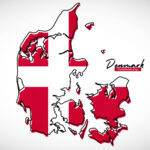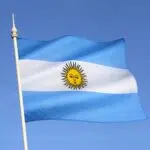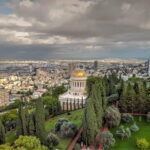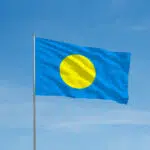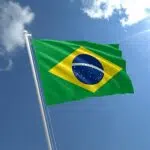Every year on July 9, we celebrate Nunavut Day — the day the Parliament of Canada passed the Nunavut Act. Along with the Nunavut Land Claims Agreement, it officially declared Nunavut as a distinct region that is legally separate from the Northwest Territories. The act was originally passed on April 1, 1999, but we celebrate Nunavut Day 8 days later—the day of the passage of the Nunavut Land Claims Agreement, which is more historically significant.
When is Nunavut Day 2024?
Canada’s Nunavut Act is celebrated on July 9 every year.
History of Nunavut Day
To understand Nunavut’s history, it is important to know the background of the Northwest Territories. In 1870, Rupert’s Land and the Hudson’s Bay Company land were united with Canada and were known as the Northwest Territories. From 1876 till 1895, the Northwest Territories were divided into the provisional districts of Alberta, Keewatin, Athabasca, Franklin, Mackenzie, Assiniboia, Saskatchewan, Yukon, and Ungava.
In 1880, the North American Arctic Islands claimed by Great Britain were added to the Territories. The Yukon District was separated into a territory in 1898, and the provinces of Saskatchewan and Alberta were created in 1905. The boundaries of Keewatin, Mackenzie, and Franklin were defined by an order effective from January 1, 1920.
The territory of Nunavut was created under Bill C-132 of the Statutes of Canada, assented to on June 10, 1993, and the Act was made effective on April 1, 1999. The map of Canada was also redrawn, with the Northwest Territories partitioned into two territories. This is how Nunavut, the homeland of Canada’s Inuit people, came into being. Consisting of the central and eastern Arctic regions, Nunavut is almost one-fifth of Canada’s total landmass.
The rich land, vast sea, and sweeping sky are represented in the colors of the flag. The flag is divided by the traditional inukshuk and the blue star depicts the North Star. Nunavut residents take great pride in their territory’s accomplishments and celebrate their unique culture and the importance of preserving it on Nunavut Day.



